The bathroom sink is an essential element in any bathroom, providing a functional and aesthetic aspect to the space. However, many people overlook the importance of a properly functioning bathroom sink drain. A clogged or malfunctioning drain can lead to water damage and unpleasant odors in your bathroom. In this article, we will explore the top 10 main components of a bathroom sink drain and their functions.Introduction
The first component of a bathroom sink drain is, of course, the sink itself. The sink is where all the water and waste from brushing teeth, washing hands, and other bathroom activities go. It is typically made of porcelain, ceramic, or stainless steel and comes in a variety of shapes and sizes to fit different bathroom styles.Sink
The drain is the opening at the bottom of the sink that allows water to flow into the plumbing system. It is usually covered by a strainer or stopper to prevent debris from clogging the drain. The drain is connected to the P-trap, which prevents sewer gases from entering the bathroom and also acts as a barrier for large objects from going down the drain.Drain
The bathroom is the room in which the sink and its components are located. It is a space dedicated to personal hygiene and grooming activities. The bathroom sink drain is a crucial part of this space, ensuring that water and waste are properly disposed of.Bathroom
Now, let's dive into the main components that make up a bathroom sink drain and their functions. Each component plays a vital role in keeping your drain functioning properly.Components
The P-trap is a curved pipe that is shaped like the letter "P" and is located under the sink. Its main function is to trap water in the bend, creating a seal that prevents sewer gases from entering the bathroom. It also acts as a barrier for large objects from going down the drain and causing clogs.P-Trap
The tailpiece is a straight pipe that connects the sink drain to the P-trap. It is usually made of metal and can be adjusted to fit different sink heights. Its purpose is to carry the water and waste from the sink down into the P-trap.Tailpiece
A pop-up drain is a type of drain that can be opened and closed by pressing a lever or turning a knob. When the drain is closed, it creates a seal that holds water in the sink. When opened, it allows water to flow down the drain. It is a convenient feature that allows for easy filling and draining of the sink.Pop-up Drain
The stopper is the component that sits on top of the drain and prevents water from flowing down the drain. It is typically attached to a lever or knob that can be pulled or twisted to open or close the drain. A stopper is essential for filling the sink with water or soaking items without having to keep the faucet running.Stopper
The flange is the piece that holds the sink and its components in place. It is a flat, round disk that sits on top of the sink, and the drain passes through it. The flange is usually made of metal and can be decorative, adding a touch of style to the sink.Flange
Additional Components of a Bathroom Sink Drain

P-trap
 The P-trap is a crucial component of the bathroom sink drain. It is a curved pipe that is shaped like the letter "P" and is located underneath the sink. Its main function is to prevent unpleasant odors from entering the bathroom by trapping water in the curved portion of the pipe. This water also serves as a barrier to prevent sewer gases from entering the bathroom. The P-trap should be regularly cleaned to prevent any clogs from forming.
The P-trap is a crucial component of the bathroom sink drain. It is a curved pipe that is shaped like the letter "P" and is located underneath the sink. Its main function is to prevent unpleasant odors from entering the bathroom by trapping water in the curved portion of the pipe. This water also serves as a barrier to prevent sewer gases from entering the bathroom. The P-trap should be regularly cleaned to prevent any clogs from forming.
Pop-up Drain Assembly
 The pop-up drain assembly is another important component of a bathroom sink drain. This is the mechanism that allows you to open and close the drain by pushing or pulling a lever or knob. It is usually located behind the faucet and consists of a stopper and a lift rod. The stopper is the part that sits inside the drain and prevents water from draining out. The lift rod is connected to the stopper and controls its movement. When the lift rod is pulled up, the stopper moves up and allows water to drain out. When the lift rod is pushed down, the stopper closes and prevents water from draining out.
The pop-up drain assembly is another important component of a bathroom sink drain. This is the mechanism that allows you to open and close the drain by pushing or pulling a lever or knob. It is usually located behind the faucet and consists of a stopper and a lift rod. The stopper is the part that sits inside the drain and prevents water from draining out. The lift rod is connected to the stopper and controls its movement. When the lift rod is pulled up, the stopper moves up and allows water to drain out. When the lift rod is pushed down, the stopper closes and prevents water from draining out.
Tailpiece
 The tailpiece is a straight pipe that connects the sink drain to the P-trap. It is usually made of metal or plastic and can be adjusted in length to fit different sink heights. The tailpiece also serves as a connection between the sink drain and the rest of the plumbing system. The P-trap and the tailpiece are usually connected using slip nuts, which can be tightened or loosened with a wrench.
The tailpiece is a straight pipe that connects the sink drain to the P-trap. It is usually made of metal or plastic and can be adjusted in length to fit different sink heights. The tailpiece also serves as a connection between the sink drain and the rest of the plumbing system. The P-trap and the tailpiece are usually connected using slip nuts, which can be tightened or loosened with a wrench.
Strainer
 The strainer is a small metal or plastic piece located at the opening of the sink drain. Its function is to prevent large objects, such as jewelry or hair, from falling into the drain and causing clogs. It usually has small holes that allow water to pass through but catch larger objects. The strainer can be easily removed for cleaning and should be regularly checked for any debris buildup.
The strainer is a small metal or plastic piece located at the opening of the sink drain. Its function is to prevent large objects, such as jewelry or hair, from falling into the drain and causing clogs. It usually has small holes that allow water to pass through but catch larger objects. The strainer can be easily removed for cleaning and should be regularly checked for any debris buildup.
Conclusion
 In conclusion, a bathroom sink drain consists of various components that work together to ensure proper drainage and prevent clogs. The P-trap, pop-up drain assembly, tailpiece, and strainer are all essential parts of the sink drain and should be regularly maintained to keep the plumbing system functioning properly. By understanding the components of a bathroom sink drain, homeowners can better troubleshoot any issues that may arise and keep their sinks clean and functional.
In conclusion, a bathroom sink drain consists of various components that work together to ensure proper drainage and prevent clogs. The P-trap, pop-up drain assembly, tailpiece, and strainer are all essential parts of the sink drain and should be regularly maintained to keep the plumbing system functioning properly. By understanding the components of a bathroom sink drain, homeowners can better troubleshoot any issues that may arise and keep their sinks clean and functional.














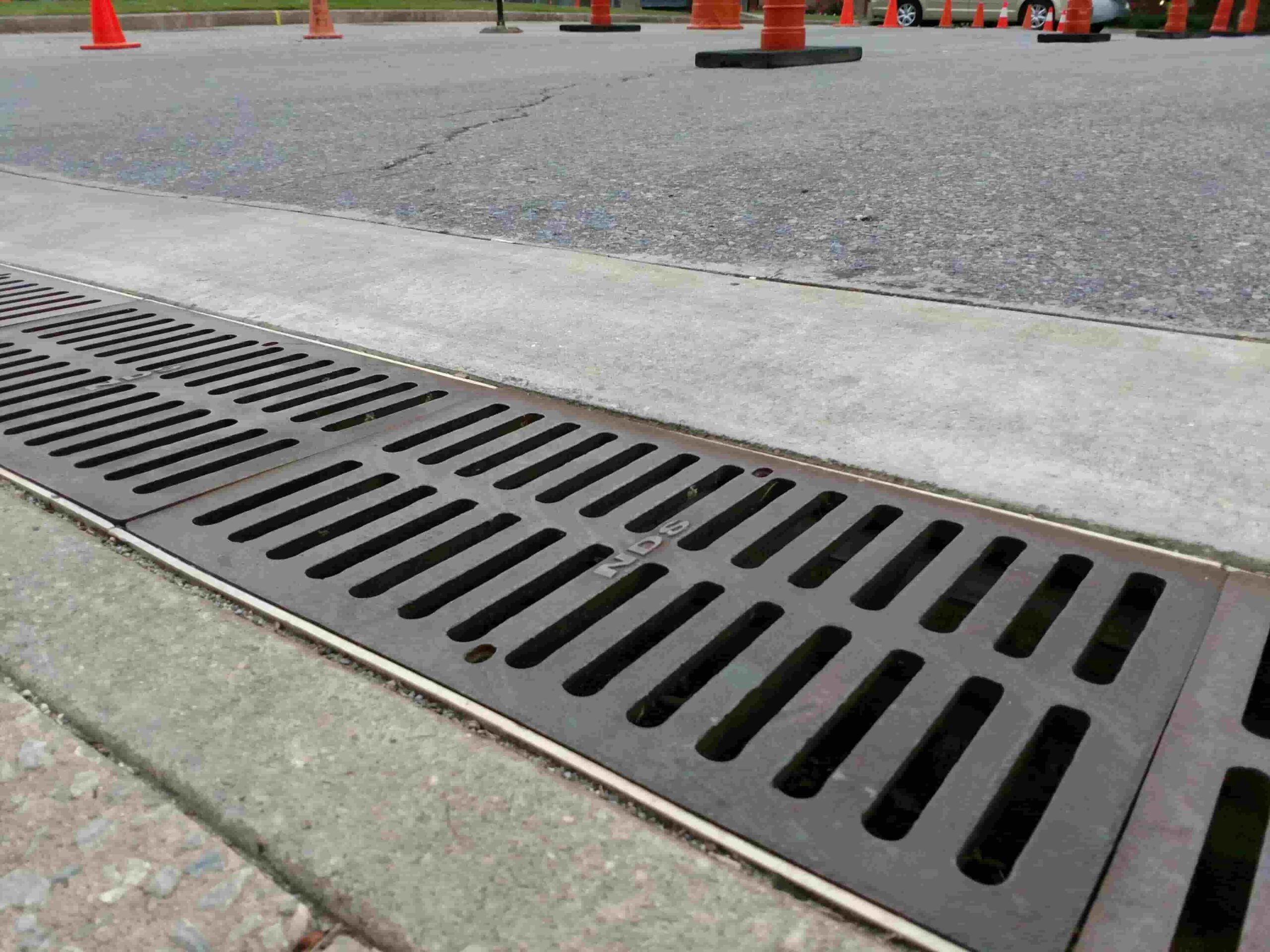
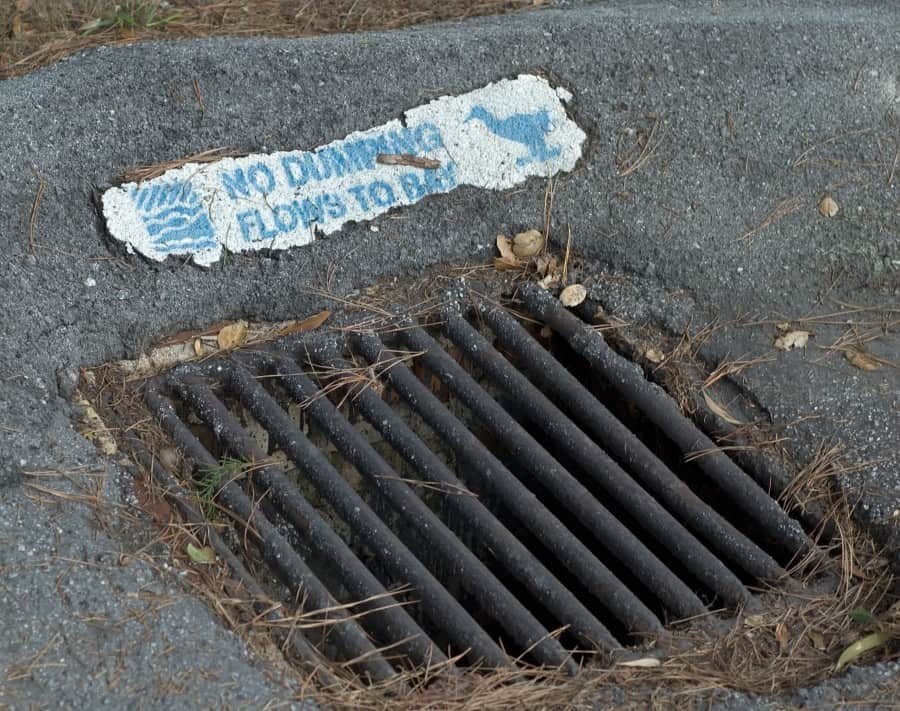
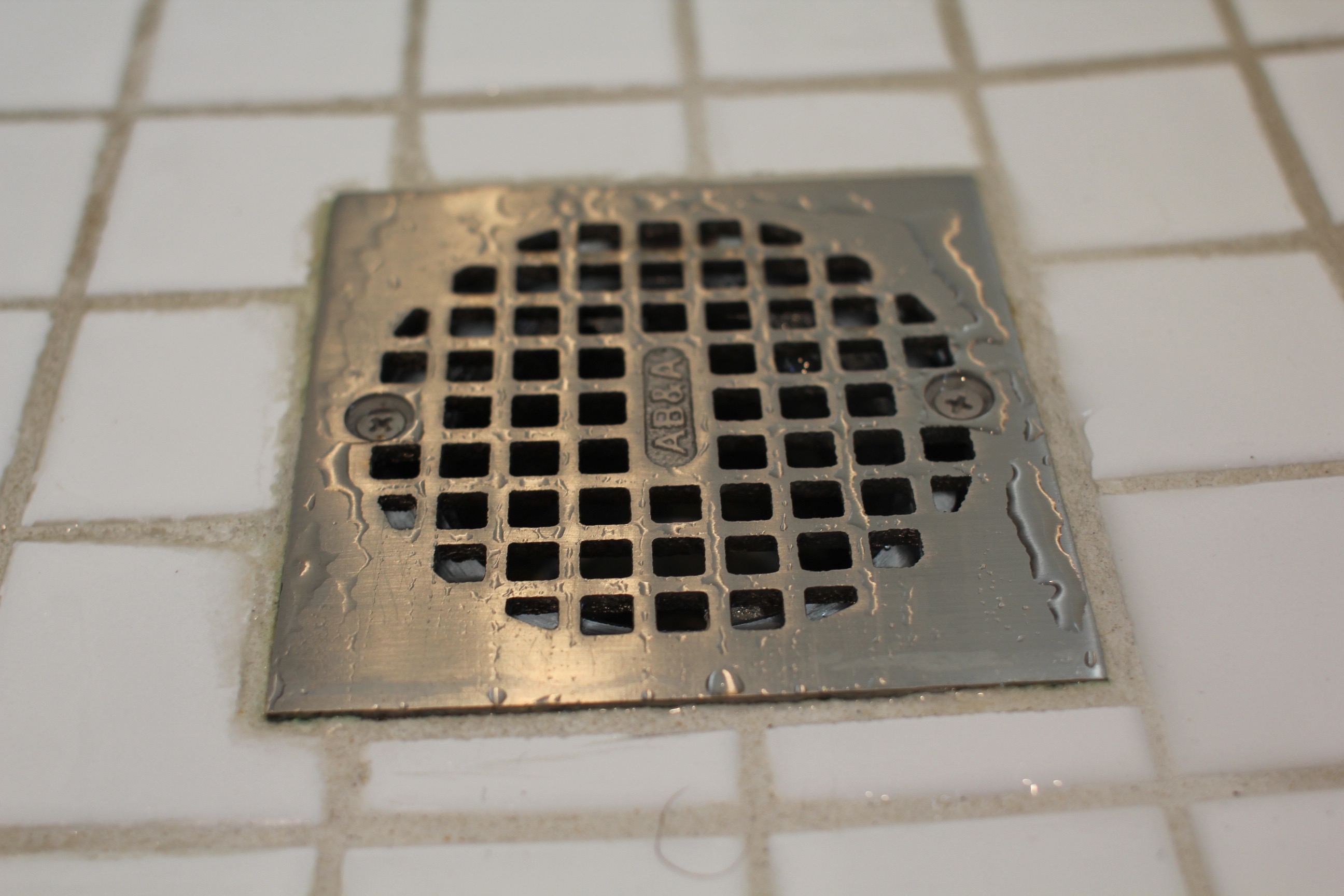




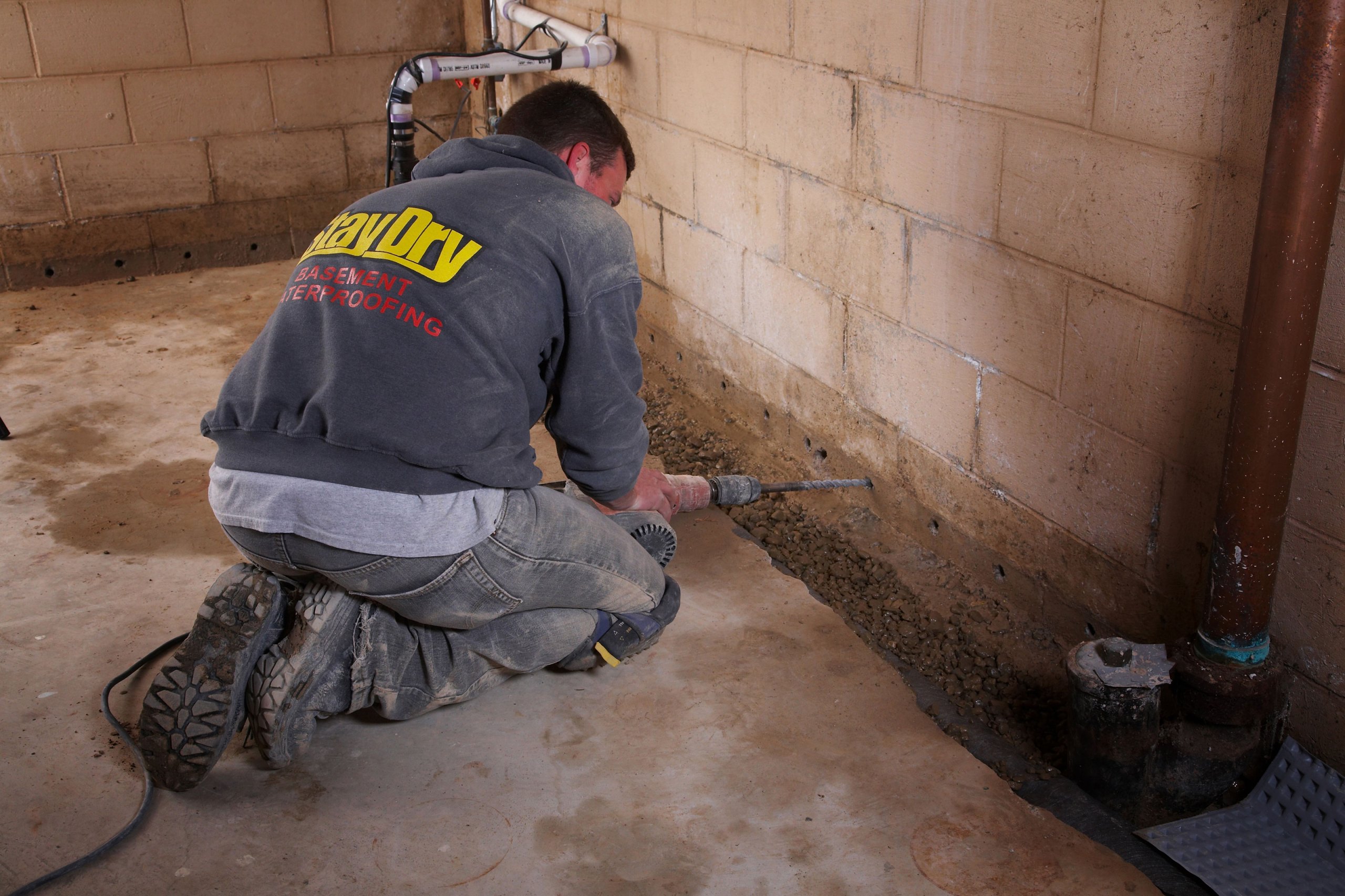







.jpg)
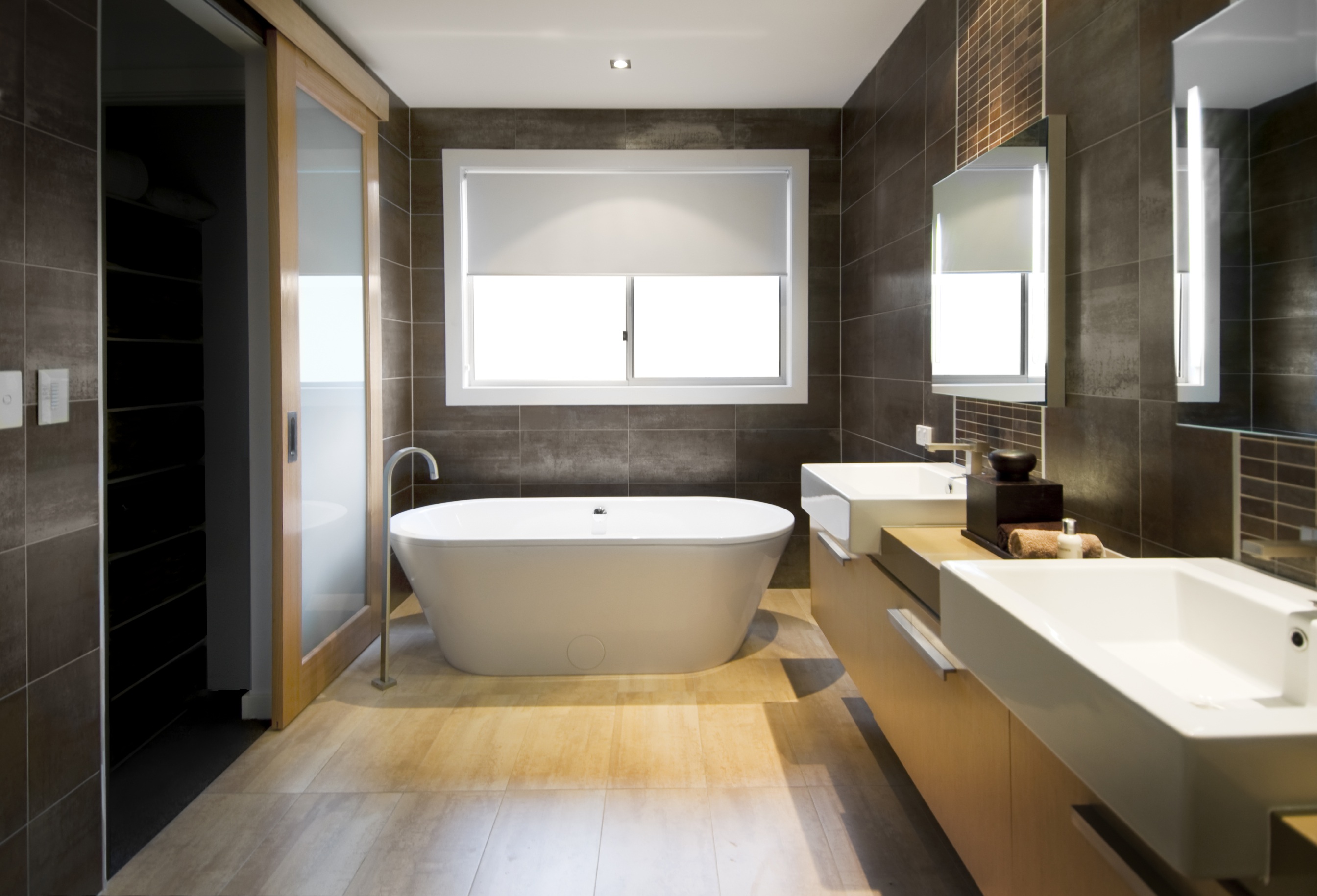













































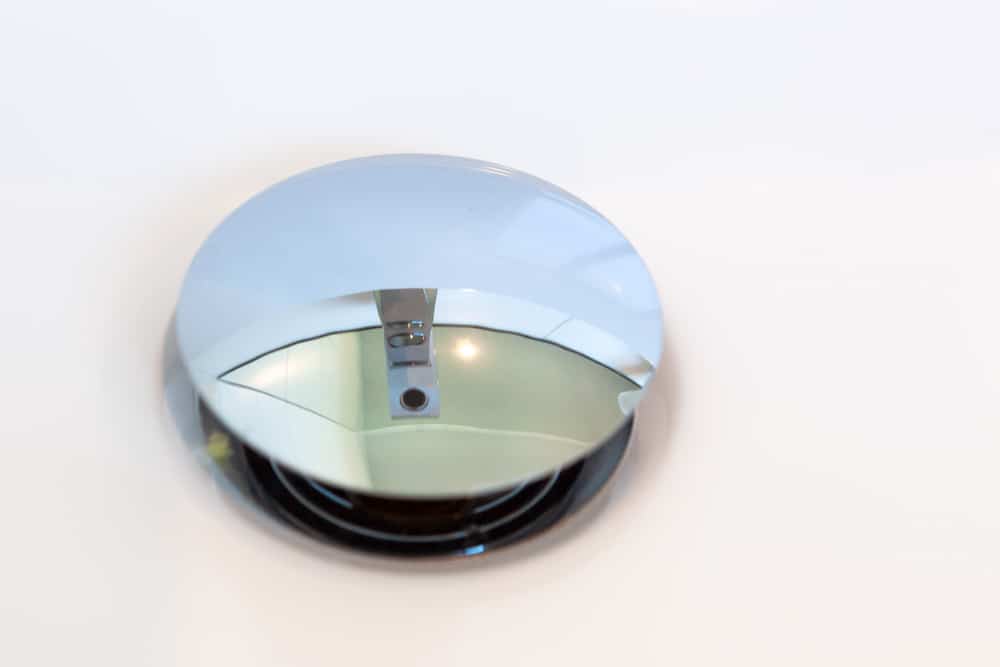


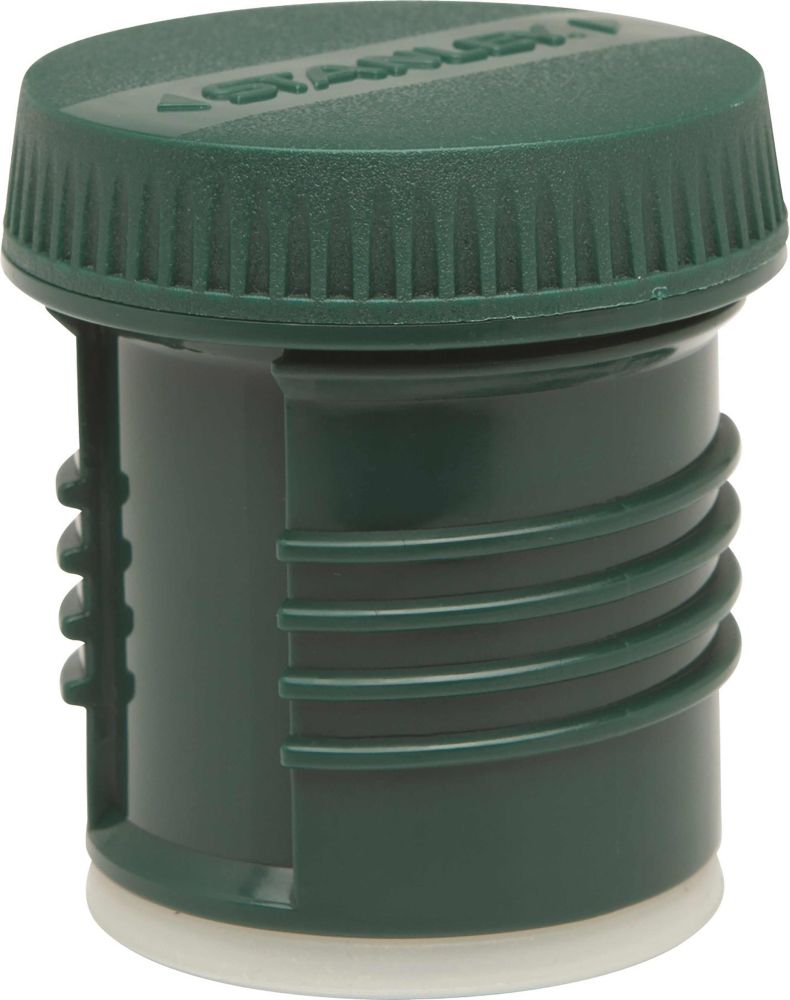










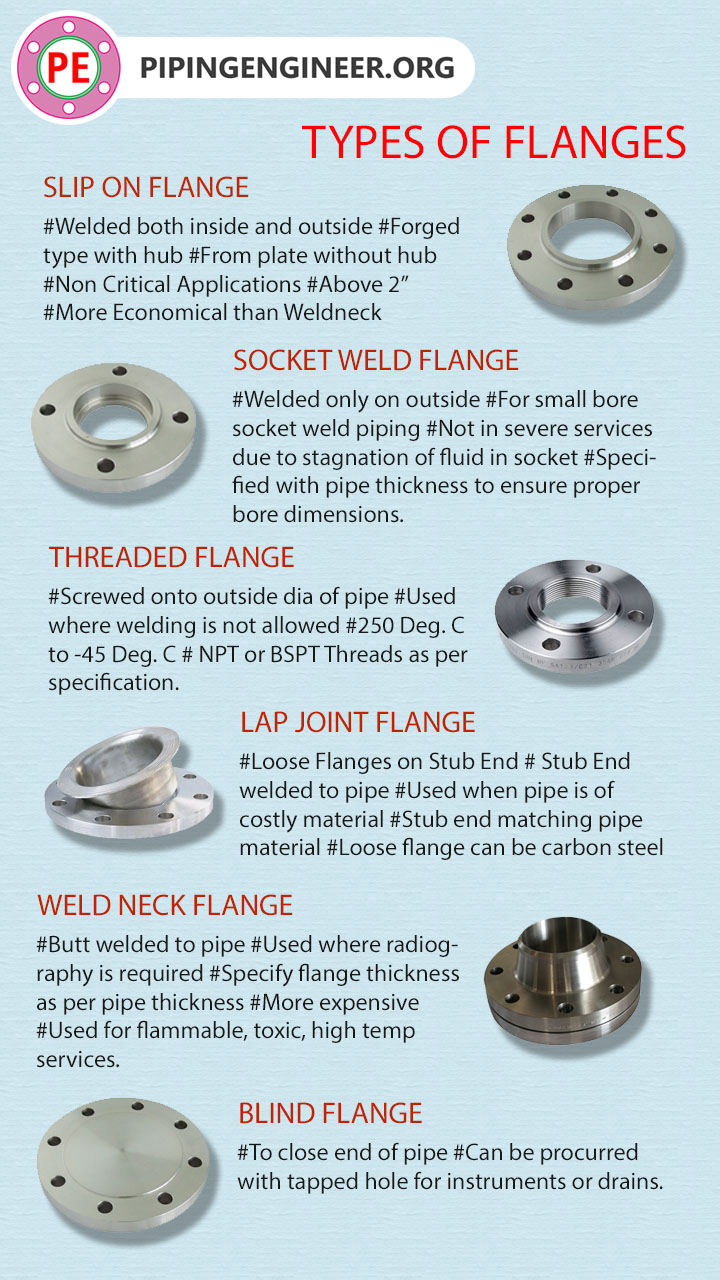











/81NWXIOnxfL._AC_SL1500_-34b01bafb5c6442ab723fe0e50e61ab9.jpg)














